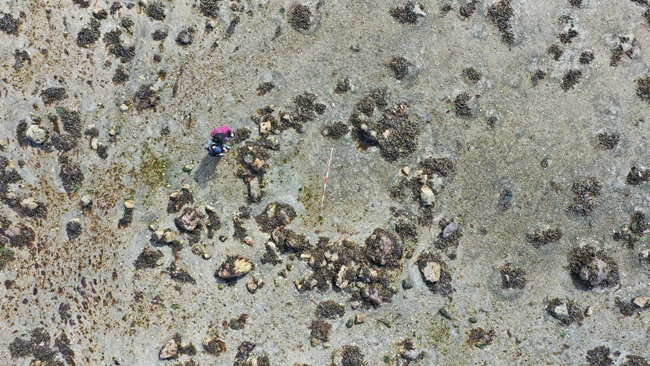Now Reading: Stone Circles Uncover Prehistoric Migration to Northern Scotland 11,000 Years Ago
-
01
Stone Circles Uncover Prehistoric Migration to Northern Scotland 11,000 Years Ago
Stone Circles Uncover Prehistoric Migration to Northern Scotland 11,000 Years Ago

Quick Summary
- Submerged stone circles and Stone Age tools discovered on the Isle of Skye indicate human occupation in northern Scotland 11,000 years ago.
- The artifacts include stone tools shaped into points, blades, and scrapers in the Ahrensburgian style from Late Upper Paleolithic Europe.
- Circular stone alignments between 10-16 feet in diameter are exposed for only a few hours annually due to extreme tidal conditions but were terrestrial features at construction.
- These prehistoric migrants adapted to changing glaciers and coastlines during important climate volatility post-Ice Age.
- Researchers suggested these stone circles might have been remains of hide-covered tents or huts akin to similar structures found in Norway from the same era.
- Evidence indicates migration via Doggerland,a land bridge connecting Great Britain with continental Europe,supporting movement northwest from regions like Germany and Belgium.
Images:
Credit: Jamie Booth
Credit: Karen Hardy
Indian Opinion Analysis
The revelation highlights the ingenuity and resilience of ancient humans who braved harsh climates and navigated challenging terrain in their quest for survival. It showcases humanity’s drive to adapt despite environmental volatility-similar challenges India faces today due to climate change. These findings emphasize interconnected early civilizations as migrations linked mainland Europe with distant northern Scotland using natural corridors like Doggerland-a reminder that global perspectives shape local histories.
For India’s archaeologists, this underlines the importance of oceanic impacts on ancient settlements; rising sea levels not only erase physical evidence but also obscure understanding of prehistoric patterns like those along India’s vast coastline (e.g., submerged structures near Dwarka). Leveraging such projects can deepen insights into indian prehistory while contributing globally to heritage studies.
India might also draw parallels between ancient technological adaptability evident here (well-designed tools) and its own rich legacy reflected at sites such as Bhimbetka rock shelters-demonstrating global drives for complexity even under environmental constraints.Read More























